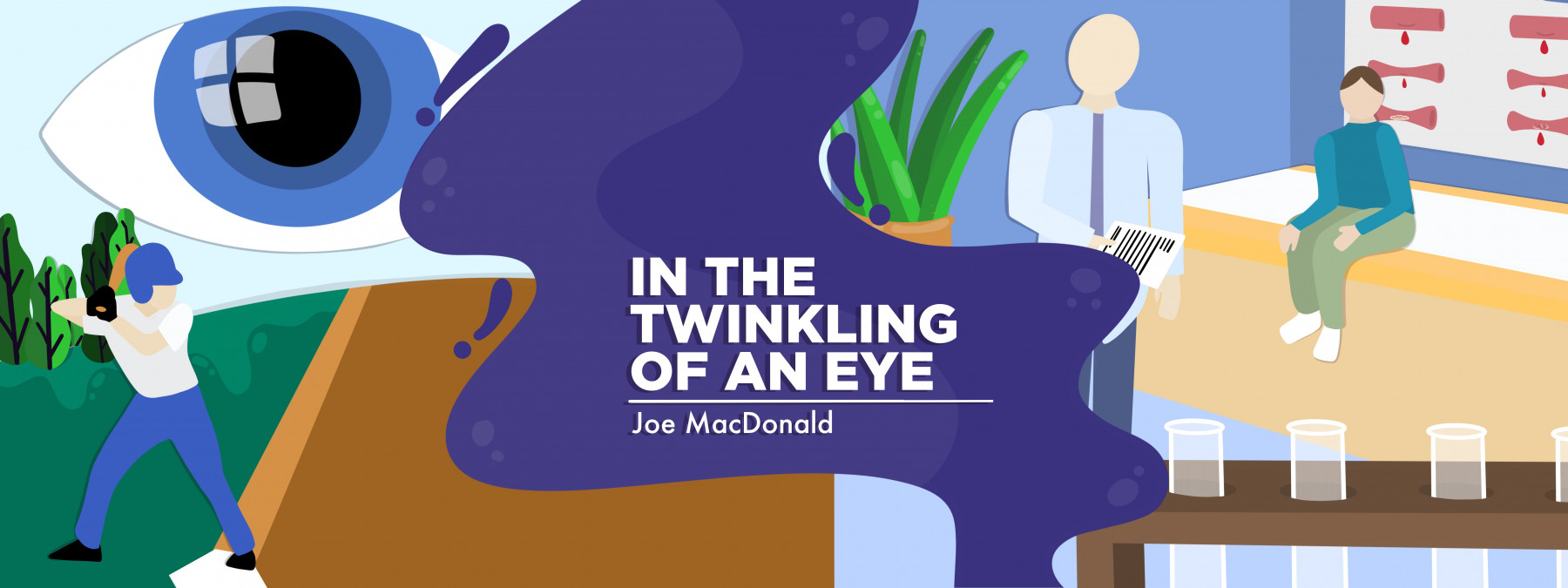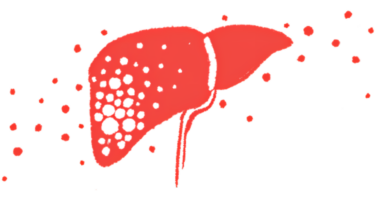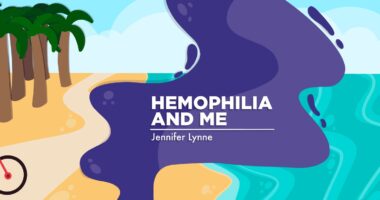How our oldest son and hemophilia entered our lives, part 3
I had to make adjustments as my baby's disease became ever more real

Last in a series. Read parts one and two.
After our oldest son, Julian, was born and we took him home, the first six months went smoothly. His hemophilia diagnosis came up occasionally, but it didn’t directly affect our quality of life.
We later learned that those early months with Julian were a honeymoon phase, when he experienced no spontaneous bleeding episodes because he wasn’t yet active. We thought we could handle hemophilia because it didn’t disrupt our routines. Unfortunately, Julian’s bleeding disorder asserted itself when he started crawling and moving around.
Our area’s Gulf States Hemophilia and Thrombophilia Center wanted us to put little knee pads on Julian to protect against any trauma that could cause an internal bleeding episode. When I first saw my amazing son crawl into my arms while wearing knee pads, I went into full panic mode. I never showed these feelings to anyone; I kept them locked away. But I wanted to scream and say, “He doesn’t need the damn pads on his knees. He’ll be fine. There’s no reason to take drastic precautions.”
I realized that what I thought was logic didn’t make sense once I started noticing nasty bruises on his arms and legs. Part of me felt defeated when, no matter how hard I tried, I couldn’t wish away the physical signs of my boy’s bleeding disorder. I felt like a failure because it was my responsibility to make things better. No matter what I tried, I couldn’t remove those ugly, dark-blue bruises that appeared when Julian was simply walking.
The most significant realization of my inability to control Julian’s bleeding disorder occurred one evening when he was 7 months old. My mother had come to visit and spend time playing with her grandson when she noticed a bump on the top of his hand that kept getting larger. She turned to my wife, Cazandra, and me and asked, “What is this? Is he OK?”
Cazandra immediately called our hemophilia treatment center to report what we’d noticed. The operator instructed her to take Julian to the emergency room at once. We piled into the car as we kept our eye on the size of his hand bump. When my mom had noticed his bleed, it was the size of a quarter; now it was the size of a small orange.
Lessons from a crisis
My panic continued to grow as we flew to the hospital. While we stopped at a light, I gently laid my hand on Julian’s palm and prayed for his immediate recovery. I didn’t know what else I could do for my wonderful boy. I ran out of Daddy magic and now sought the help of the Divine. The entire episode felt like a bad dream from which I could not wake up.
When we arrived, a medical team immediately began to check his vital signs and measure the size of the top of his right hand. It was then the size of a larger orange. As doctors and nurses moved in and out of the room, I wanted to scream. “Raising a child wasn’t supposed to include these problems. Am I being punished for the countless foolish mistakes I made in my life?”
After my meltdown, a light came on in my head. My reality was that I have a child with a bleeding disorder, and like it or not, I must be his strongest advocate. Somehow, with this revelation, my mind shifted from feeling like a victim to committing myself to be Julian’s source of strength. My thoughts turned to what was best for him.
I still considered hemophilia the unwelcome guest, but I didn’t need to let a bleeding disorder take over my family’s life. With the resolve to discover ways to help my son, I became a more effective advocate, reading everything I could to make the best-informed decisions about his care. Through the years, he saw me model healthy practices when talking to doctors and nurses. He joined me as we found information online that would help us better treat his internal bleeding episodes.
My favorite aspect of that research is that we did it together as a family. Julian never felt isolated by his disease because Cazandra and I joined him in searching for good websites, such as that of the National Hemophilia Foundation (now known as the National Bleeding Disorders Foundation) and the Hemophilia Federation of America. We became an informed family, and it kept us bound to one another.
I realized that in trying to help my oldest son, hemophilia offered me an incredible gift: to know what love looks like. My prayers have shifted from anxiety and fear to showers of blessings and thanksgiving.
Note: Hemophilia News Today is strictly a news and information website about the disease. It does not provide medical advice, diagnosis, or treatment. This content is not intended to be a substitute for professional medical advice, diagnosis, or treatment. Always seek the advice of your physician or another qualified health provider with any questions you may have regarding a medical condition. Never disregard professional medical advice or delay in seeking it because of something you have read on this website. The opinions expressed in this column are not those of Hemophilia News Today or its parent company, Bionews, and are intended to spark discussion about issues pertaining to hemophilia.








Leave a comment
Fill in the required fields to post. Your email address will not be published.